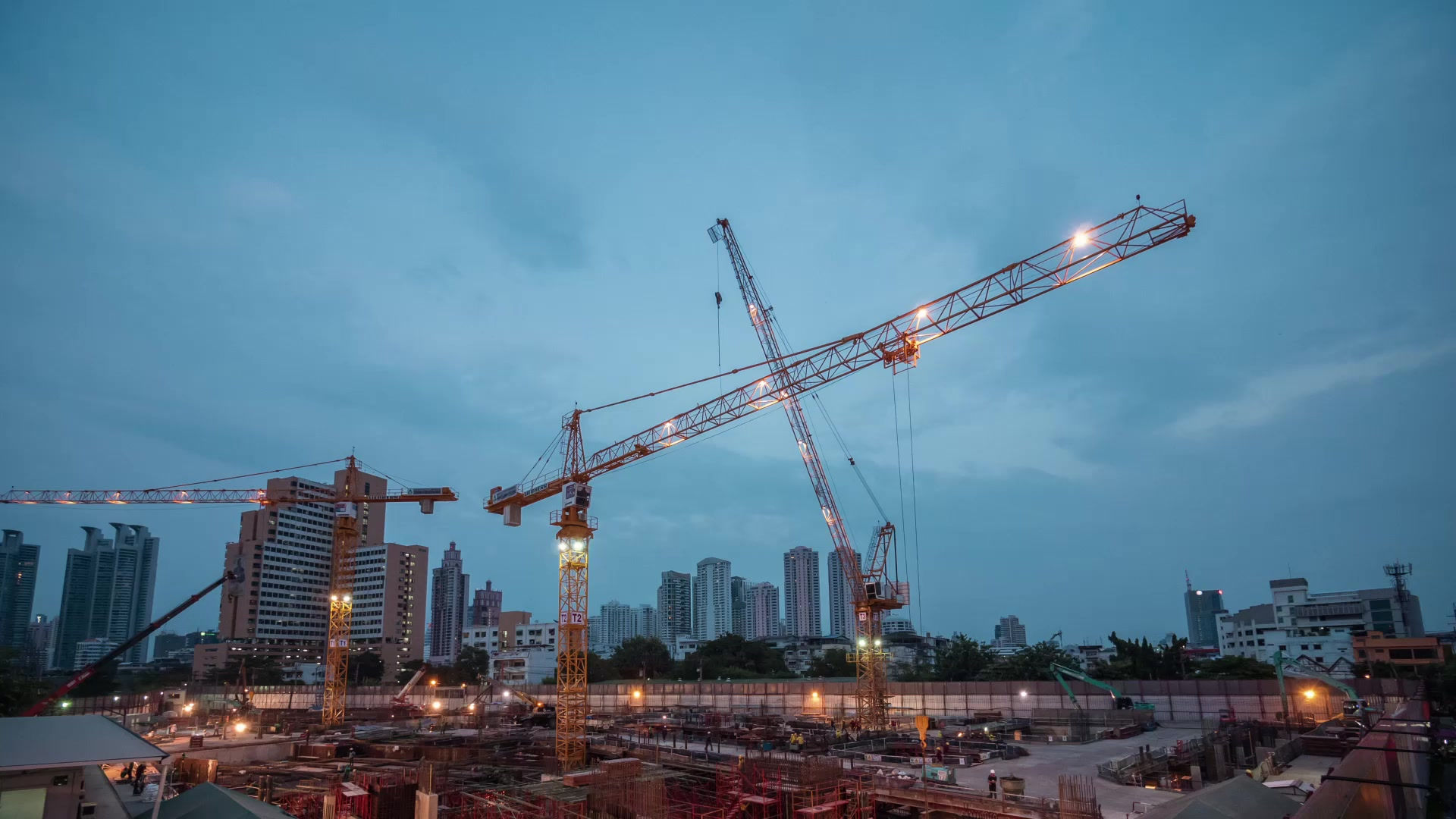Key Steps to Ensuring Construction Projects Meet Legal Standards
- Stephen Huong

- Aug 26
- 4 min read
Ensuring that construction projects meet legal standards is crucial for the success and safety of any build. Compliance with construction standards not only protects the stakeholders involved but also guarantees the durability and safety of the structure. This article explores the essential steps to ensure your construction project adheres to all necessary legal and construction standards, providing practical advice and actionable recommendations.
Understanding Construction Standards and Their Importance
Construction standards are a set of guidelines and regulations that govern the design, materials, and methods used in building projects. These standards ensure that structures are safe, sustainable, and fit for purpose. They cover everything from structural integrity to fire safety, environmental impact, and accessibility.
Adhering to construction standards is not optional; it is a legal requirement in most jurisdictions. Failure to comply can result in fines, project delays, or even legal action. For example, in Singapore, the Building and Construction Authority (BCA) enforces strict standards to ensure public safety and environmental sustainability.
Key points to consider:
Know the applicable standards: Different projects may fall under different codes, such as the Singapore Standard (SS) or international standards like ISO.
Regular updates: Construction standards evolve, so staying updated is essential.
Documentation: Keep detailed records of compliance to avoid disputes.

Construction site adhering to safety and building standards
Conducting Thorough Legal and Regulatory Research
Before starting any construction project, it is vital to conduct comprehensive legal and regulatory research. This step ensures that the project complies with zoning laws, environmental regulations, and building codes.
Steps to follow:
Identify relevant laws: Research local, regional, and national laws that apply to your project.
Consult with authorities: Engage with local building departments or regulatory bodies to clarify requirements.
Obtain necessary permits: Secure all required permits before construction begins to avoid legal complications.
Environmental impact assessments: Some projects require environmental studies to assess potential harm and mitigation strategies.
For example, a residential development in an urban area may need to comply with noise control regulations and waste disposal standards, which must be factored into the project plan.

Planning and legal research for construction compliance
Implementing Effective Project Management Practices
Effective project management is key to ensuring that construction projects meet legal and construction standards. This involves planning, monitoring, and controlling all aspects of the project to maintain compliance throughout the construction process.
Best practices include:
Detailed project planning: Outline timelines, resources, and compliance checkpoints.
Regular inspections: Schedule inspections at critical stages to verify adherence to standards.
Training and awareness: Ensure all workers and subcontractors understand legal requirements and safety protocols.
Risk management: Identify potential compliance risks early and develop mitigation plans.
Using digital tools and software can help track compliance and documentation efficiently. For instance, project management platforms can send alerts for upcoming inspections or permit renewals.

Project management ensuring compliance with construction standards
Leveraging Construction Compliance Solutions
To streamline the process of meeting legal standards, many companies turn to specialized construction compliance solutions. These solutions offer expert guidance, software tools, and consulting services designed to simplify compliance management.
Advantages of using construction compliance solutions:
Expertise: Access to professionals who understand complex regulations.
Automation: Tools that automate documentation, reporting, and permit tracking.
Risk reduction: Early detection of compliance issues to prevent costly delays.
Cost efficiency: Reducing fines and rework through proactive compliance management.
Integrating these solutions into your project workflow can significantly improve the chances of successful, on-time project completion while maintaining full legal compliance.
Training and Educating Your Team on Compliance
A well-informed team is essential for maintaining construction standards. Training programs should be implemented to educate workers, supervisors, and managers about legal requirements and best practices.
Effective training strategies:
Regular workshops: Cover topics such as safety protocols, environmental regulations, and quality standards.
On-site training: Practical sessions that demonstrate compliance procedures.
Certification programs: Encourage team members to obtain relevant certifications.
Clear communication: Use signage and manuals to reinforce compliance messages.
For example, training workers on proper waste disposal methods can help meet environmental standards and avoid penalties.
Monitoring and Auditing Compliance Throughout the Project
Continuous monitoring and auditing are necessary to ensure ongoing compliance. This involves regular site inspections, reviewing documentation, and verifying that all work meets the required standards.
Key monitoring activities:
Site inspections: Conducted by internal teams or third-party auditors.
Documentation review: Ensure all permits, reports, and certifications are up to date.
Corrective actions: Address any non-compliance issues immediately.
Reporting: Maintain transparent records for stakeholders and regulatory bodies.
Regular audits help identify gaps early and maintain a culture of compliance throughout the project lifecycle.
Final Thoughts on Maintaining Construction Standards
Meeting legal and construction standards is a complex but essential part of any construction project. By understanding the standards, conducting thorough research, managing projects effectively, leveraging compliance solutions, training your team, and monitoring progress, you can ensure your project is safe, legal, and successful.
Adopting these key steps not only protects your investment but also contributes to building a safer and more sustainable built environment. Staying proactive and informed is the best way to navigate the complexities of construction compliance.




Comments